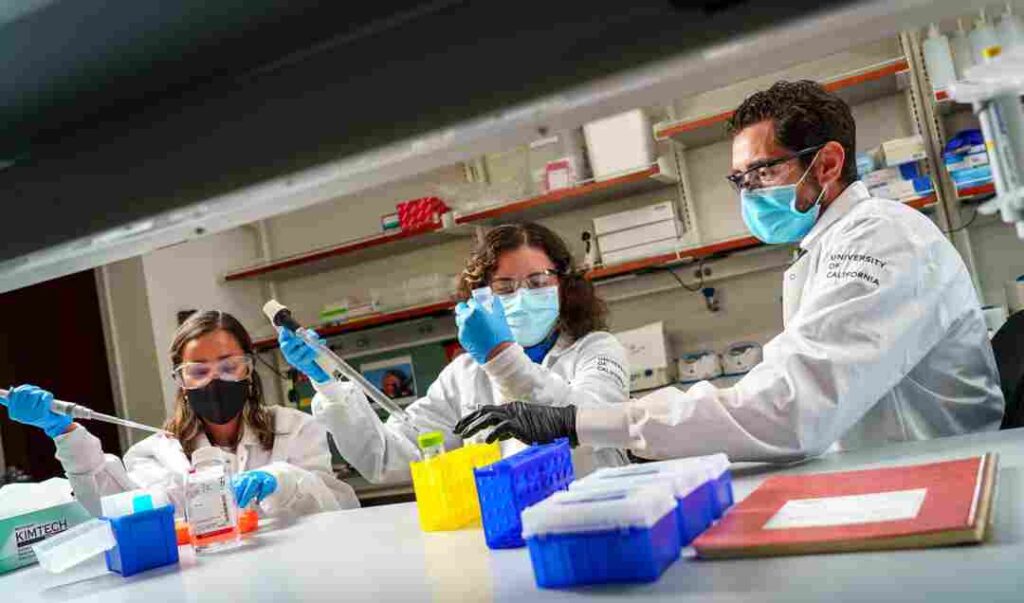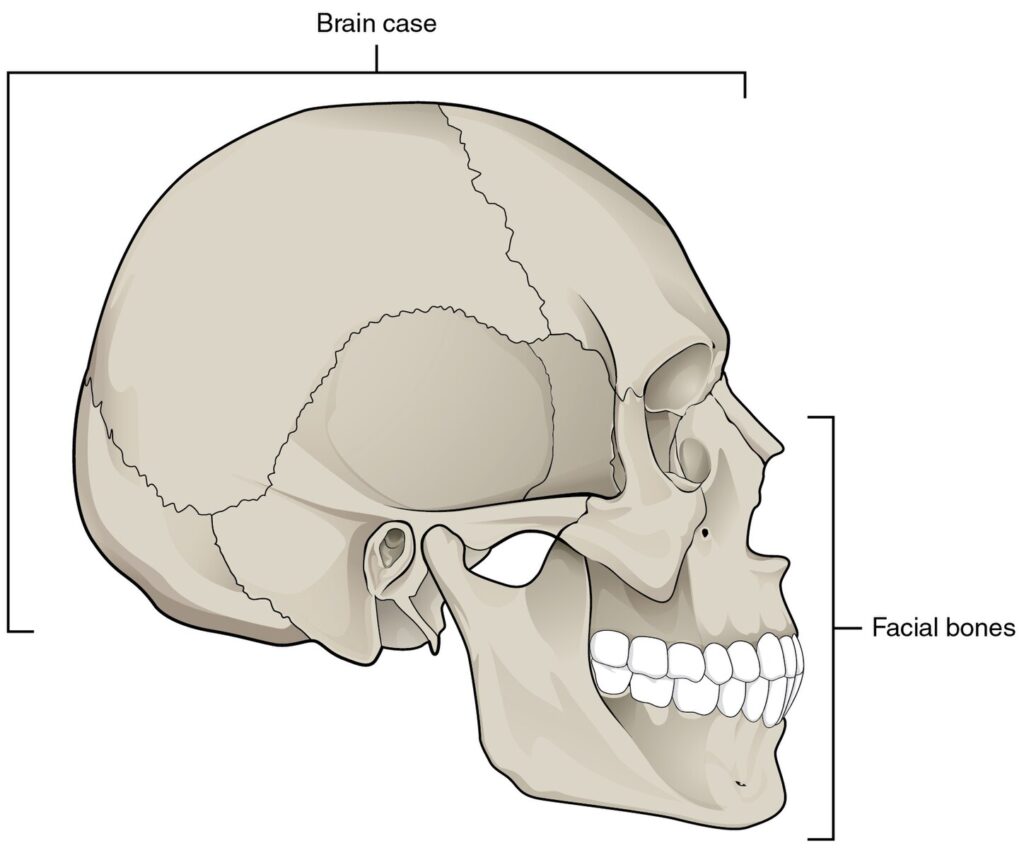Now Reading: Microbial Forensics: A Tool Used in Forensic Investigation
-
01
Microbial Forensics: A Tool Used in Forensic Investigation

Microbial Forensics: A Tool Used in Forensic Investigation
Microbial Forensics is defined as a scientific method used for analyzing evidence from a Bioterrorism Act, Bio crime or inadvertent microorganism or toxin release for attribution process. The main aim is to identify the person who has committed the bio crime and was it intentionally or by mistake [1]. Microbial forensics is a combination of knowledge of other fields like classical microbiology, microbial genomics, phylogenetics, and bioinformatics. This field of forensic science is in the developing stage and faces some scientific challenges to properly identify the threat and which is a causative agent. This unlawful use of biological agents is considered harmful to individuals, the environment, the economies of nations, and global peace.[2]
Pathogens and toxins are converted into bioweapons and used for bioterrorism. The use of pathogens and toxins is done because they are the smallest creatures that cannot be detected easily. They attack more populations in less time and the cure or medication is hard to find. The pathogens can multiply very rapidly within a few mins and which can cause great harm [3]. The microbial investigation is the same as a forensic investigation like crime scene investigation, maintaining chain of custody, gathering of evidence, handling, preservation ad collection of evidence for analyzing them. The additional thing is the identification of the pathogen by the use of strains to find the family in which it belongs. There are many groups that have made lists of pathogens that can be used for bioterrorism. Microorganism relevant to food and water is also considered. Computer-based networks should be established to track the outbreak of infectious microorganisms in real-time. After the biological pathogen is identified various types of methods are used for identifying the microorganism and to study the details of the organisms to stop it from spreading [4].
Scientific Working Group on Microbial Genetics and Forensics (SWGMGF) the newly formed group hosted by FBI known as SWGMGF and has membership drawn from other federal agencies. The group brings all other expert individuals and organizations to use their knowledge for solving the challenges related to bioterrorism and bio crime. The goals are to provide the guidelines and rules so that the physical evidence can be collected and information can be obtained about the organism or toxin, the persons involved, the places, the processes, the instrumentation, and/or the time of the criminal act. The primary focus of this program is quality assurance.
The missions of SWGMGF are:
(1) define criteria for the development and validation of forensic methods which will help in finding biological toxins and microbial agents.
(2) define the need and criteria of forensic infrastructure and capabilities to support the investigation. [5]
TOOLS USED IN MICROBIAL FORENSIC
A small group of individuals gets killed by biological agent and biological agents are used for bio-crimes. While investigating bio-crime, epidemiology, and forensics play analogous roles. After knowing the cause of bio-crime forensic scientist proceeds for a further forensic investigation which includes Chain of custody of the evidence and detail analysis of the pathogen which is used as bioweapon and strain or substrain of the organism which caused the drastic impact on society. Evidence collection protocols include collection and preservation, challenging samples encountered such soil, mud, swamp water. National Bioforensic Analysis Centre (NBFAC) in partnership with the Federal Bureau of India provides a central laboratory for analysis of microbial forensic evidence. DNA typing methodology is considered extremely important in the imputation of the pathogenic weapon. The first step is the extraction. The extraction procedures that are considered to be more challenging as they are not adequate for a more challenging environment sample. The recovery rate efficiency is low and PCR inhibitors may not remove effectively when the DNA extraction is done. There are various biological tools and biomarkers to assist analysis which include:
– Sequencing
– Microarray analysis
– Pathogenicity array analysis
– Single Nucleotide Polymorphisms (SNP) characterization
– 16S rRNA sequencing
– Variable number of tandem repeats
– Antibiotic Resistance Gene characterization
For the determination of the severity of pathogenicity and for better resolution of strain or substrain of pathogen assay needs to be developed.
The microbial forensic toxin may be characterized by:
– Immunoassays
– Biofunctional assay
– Peptide or protein-based assay
– Mass spectrometry
According to a report by the American Academy of Microbiology, the traditional physical evidence described they are not based on DNA but consider for microbial forensic. They include:
1. The physical characteristic such as morphology and microstructure of microorganism which are used for attribution and weaponization.
2.Isotope analysis used for determinations of age and origin of microorganisms.
3. Identification of microorganisms can be done by traditional physiologic methods using fatty acid composition, phage typing, serotyping.
4. The sign to origin to the weapon or technique used to prepare material from the residue of growth media attach to the microorganisms.
5. Stabilizer and additives are used in the preparation of samples which may be critical that can guide about criminals.
6. Location and time of year the sample was prepared can be identified by using incidental bio-contaminants such as environmental pollen and fungi which play a crucial role.
7. The occurrence of strains of Bacteria founded at one place or hardly at another place to geolocate the place of preparation detection of the subsidiary bacteria synchronized in a weaponized sample.
8. IgM and IgG immunological reactions to determinants show recent disclosure to microorganisms.
9. Rapid detection methods such as immunoassays are especially applicable to field-deployable assay. It is important to consider other tools besides solely DNA – based assay [5].
CASE STUDIES
CASE STUDY 1:
The case study is regarding an anthrax epidemic. In April 1979, in a military compound, Sverdlovsk, Russia, an explosion occurred. After a few days after the explosion, the residents and people working in the radius of 4km developed a high fever and had breathing difficulty. The medical doctors identified it as an outbreak of pulmonary anthrax. Death of 200 people occurred. The Government Officials declared that the outbreak was due to the consumption of meat. A doubt raised when the symptoms of gastric and skin anthrax caused by the consumption of beef were absent in the people infected. And on further investigation, it was found that cattle near about 50km Southeast also died of anthrax. Autopsies of people who died were performed and they revealed the cause of death to be severe pulmonary edema and toxemia. DNA analysis done revealed that there was more than one strain of anthrax and it could not be possible if they were infected from the consumption of beef. Then on further investigation, it was found out that the cause of the disease was due to an accidental outbreak of a compound from the Russian bioweapon facility. [5]
CASE STUDY 2:
The next case study is regarding the source identification of HIV. In the late 1980s, a lot of people from Florida were identified to be infected from HIV even though their histories never indicated those types of lifestyles. An epidemiological investigation then gave a lead regarding the transmittance from a dentist with AIDS. The dentist was first diagnosed with HIV in 1986. For confirming that the dentist was the reason behind the transmittance bioinformatics/phylogenetics were employed. DNA sequence data were collected from the lymphocytes of the patients, the dentist, a local control group(to find out if there is any other reason), and an outgroup was compared. The analysis showed that the HIV nucleotide sequence was closely related to the sequence of a dentist rather than patients of the controlled groups. On the basis of the phylogenetic comparison, it was identifiable that sequences that are more similar were more closely related and have a few common ancestral sequences. [5]
REFERENCES
1. Microbial Forensics: A New Forensic Discipline Jain S. Kumar A, Gupta Prasad R 0971- 0973.
2. Introduction: What is microbial forensic and Why is it important. Roadmap C, Sciences B, Studies D, Council N 2014.
3. Budowle B, Murch R, Chakraborty R. Microbial forensics: the next forensic challenge. Int J Legal Med. 2005;119(6):317-330. DOI:10.1007/s00414-005-0535-y.
4. Microbial Forensic: a Scientific assessment Keim, Paul 2003 OSTI 808025.
5. Microbial Forensic Budowle B, Wilson M, Burans J, Breeze R Microbial Forensic: Not Just a Health Matter Anymore 2005, Doi – 10.1016/B978-0-12-088483-4.50004-4.
Author
Nikhil V. Rathod
Intern, Department of Forensic Science & Criminal Investigation, Legal Desire Media & Insights
Nikhil Vijay Rathod is pursuing a Master’s degree in Forensic Science. He has an interest in Forensic Biology and Serology and DNA fingerprinting. He has knowledge of various instruments such as a microscope, UV-visible spectroscopy, VSC 6000, HPLC, FT-IR, etc.











